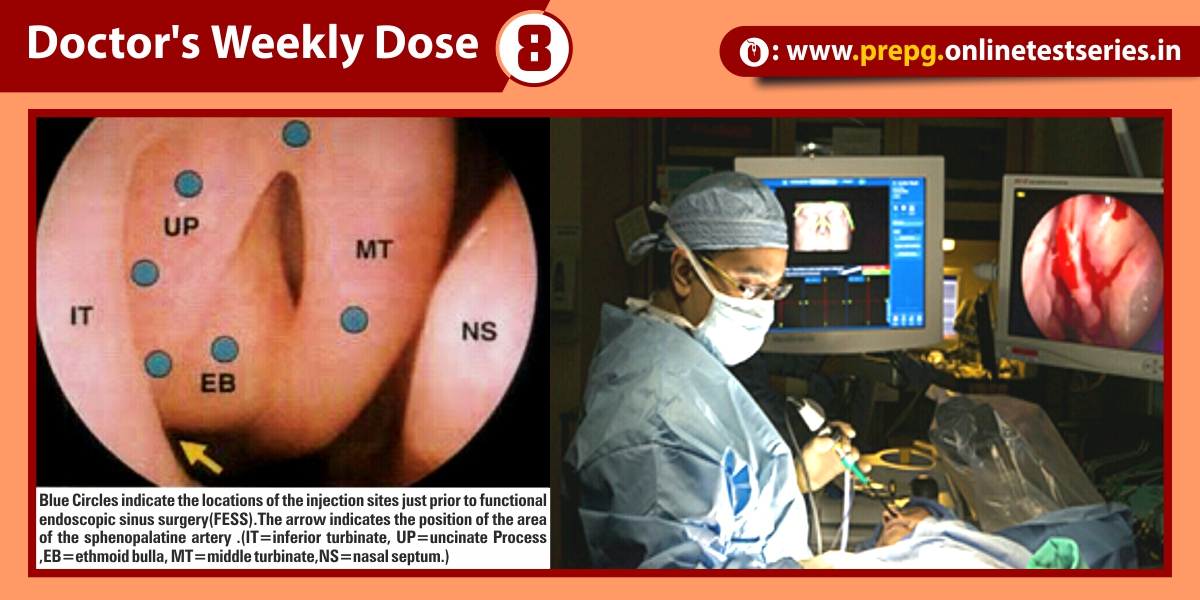Psoriasis is a chronic, multisystem inflammatory disease with predominantly skin and joint involvement. Beyond the physical dimensions of disease, psoriasis has an extensive emotional and psychosocial effect on patients, affecting social functioning and interpersonal relationships. As a disease of systemic inflammation, psoriasis is associated with multiple comorbidities, including cardiovascular disease and malignancy. The diagnosis is primarily clinical and a skin biopsy is seldom required. Depending on the severity of disease, appropriate treatment can be initiated. For mild to moderate disease, first-line treatment involves topical therapies including corticosteroids, vitamin D3 analogues, and combination products. These topical treatments are efficacious and can be safely initiated and prescribed by primary care physicians. Patients with more severe and refractory symptoms might require further evaluation by a dermatologist for systemic therapy.
Clinical manifestations of psoriasis
| CLINICAL MANIFESTATION | CLINICAL FINDINGS |
| Plaque psoriasis |
|
| • Flexural |
|
| • Nail |
|
| • Scalp |
|
| • Palmoplantar |
|
| • Guttate |
|
| • Pustular |
|
| • Erythroderma |
|
| • Annular |
|
Measures of disease severity
| SEVERITY | MEASURES* |
| Mild |
|
| Moderate |
|
| Severe |
|
BSA—body surface area, QoL—quality of life.
*These are definitions for clinical practice, as applied in the Canadian guideline. The Psoriasis Area and Severity Index is another measure of disease severity, based on BSA, erythema, induration, and scaling.
The size of a single hand is estimated to be 1% BSA.















